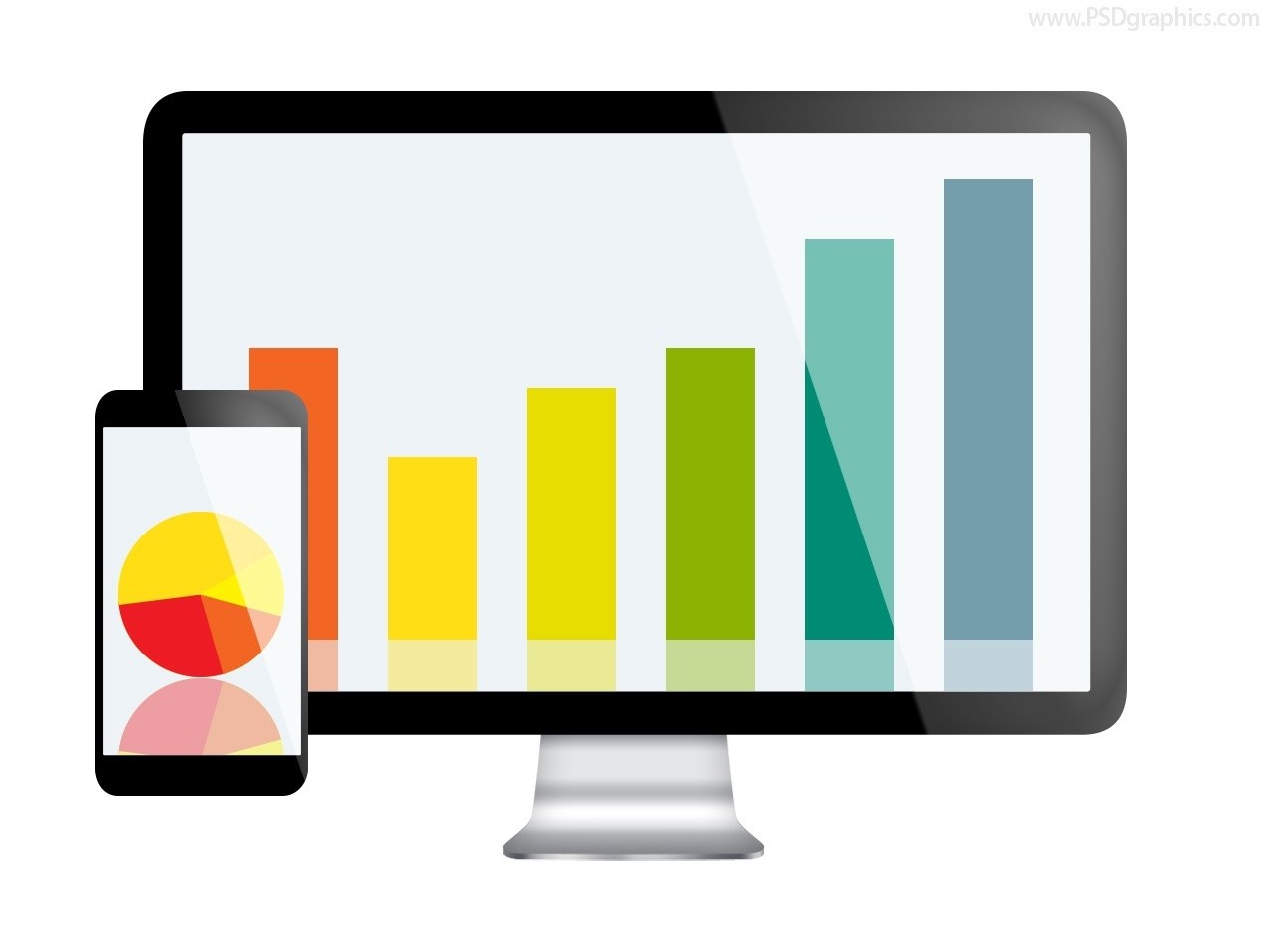Top Six Web Analytics Businesses Should Track Regularly
Website Analytics help you to be more altruistic and capitalistic at the same time; by helping prospects and customers access content they find valuable, you are of course helping yourself. It’s a win-win, but only if you know what to look for and what data trends to watch. Otherwise, it will be information overload and your website, which should be a lead generation tool, will stagnate.
These are the top six website analytics businesses should track on a regular basis:
1. Overall site traffic: Is traffic increasing over time?
Traffic should steadily increase. If not, try adding more Calls-to-Action (CTAs), representing offers, throughout the site. These offers, such as a eBooks, Case Studies and White Papers, should be relevant to the content on the web page on which they appear. Also, a weekly blog that includes downloadable offers, will help generate more return visits and increase traffic, especially when you share the blog across social media.
CTAs are one of our favorite web marketing tools! By asking readers to complete a form with their contact information in exchange for the downloadable offer, it will lead to more conversions. It’s important to measure and track these CTA interactions, make successive offers and remove the ones that don’t generate interest.
2. Traffic Sources: Where is traffic coming from?
How effective is your search engine optimization? Is website traffic coming mostly from organic search, such as visitors using keywords in Google to find you?
How much is from referral sources, such as links from other sites?
Are many viewers coming to you through direct search, such as by entering your URL directly into their browser?
While all of these metrics are important, growing your organic traffic is what companies strive for most. Organic search relates directly to your search engine optimization, the better your site is keyword optimized, the more organic traffic you will get. Writing relevant and regular blog posts using these keywords is one of the best ways to help generate more organic traffic.

3. Keyword Ranking:
If your organic (keyword) search results are not increasing, revisit your keywords and make sure every page is optimized for search and that the copy on the page contains some of those keywords, making sure that those keywords fit naturally into the flow of the text. Your site may be ranking poorly for the keywords that coveted visitors use to search.
4. Bounce Rate: Where and why are people leaving the site?
The Bounce Rate of your website refers to the rate of people exiting the site from a page, other than from pages like the “Contact page,” where it is understood that visitors are going for one specific reason, i.e., to get your phone number, address or email.
If your analytics indicate that visitors are exiting the site frequently from key content pages on which you are trying to engage them, that may indicate a few problems:
- They are not finding that your content has value.
- The navigation or page design is confusing.
- There is no way for them to contact you or otherwise engage on the page.
Have a Project? Click Here to Schedule a Strategic Consultation with RainCastle.
5. Time on Page: How much time are visitors spending on each page?
This analytic is a key indicator of how engaged your visitors are with your content. You want to see a spike here for your most important pages and if you don’t, here are the things you need to do:
- Examine your page content, potentially editing, rewriting or adding additional content.
- Make sure people know what to do next, i.e., click a link, download an eBook, visit the blog, try that free demo, etc.
- Determine whether the navigation is confusing or whether the most important content is hard to find. Perhaps it’s a scrolling page and the good stuff is “below-the-fold?” (Below the fold refers to the portions of a web page that are only visible by scrolling.)
6. Click path: Where are the pathways web visitors are using to navigate your website? Are they the pathway you intended?
Google Analytics provides a click map, which shows you the common paths your visitors are taking to access the content they are seeking. This real, behavioral data is highly instructive about what people are looking for and where they may be getting hung up.
Ultimately, in order to measure the effectiveness of your website in a sustainable, trackable way, you’ll want to set up a web analytics “Dashboard,” from which you can easily view the highlights of the different metrics that are most important to fulfilling your intention.
Through the repeated process of designing, learning, measuring and re-implementing over time, you build an optimal user experience that becomes a lead generation powerhouse.
